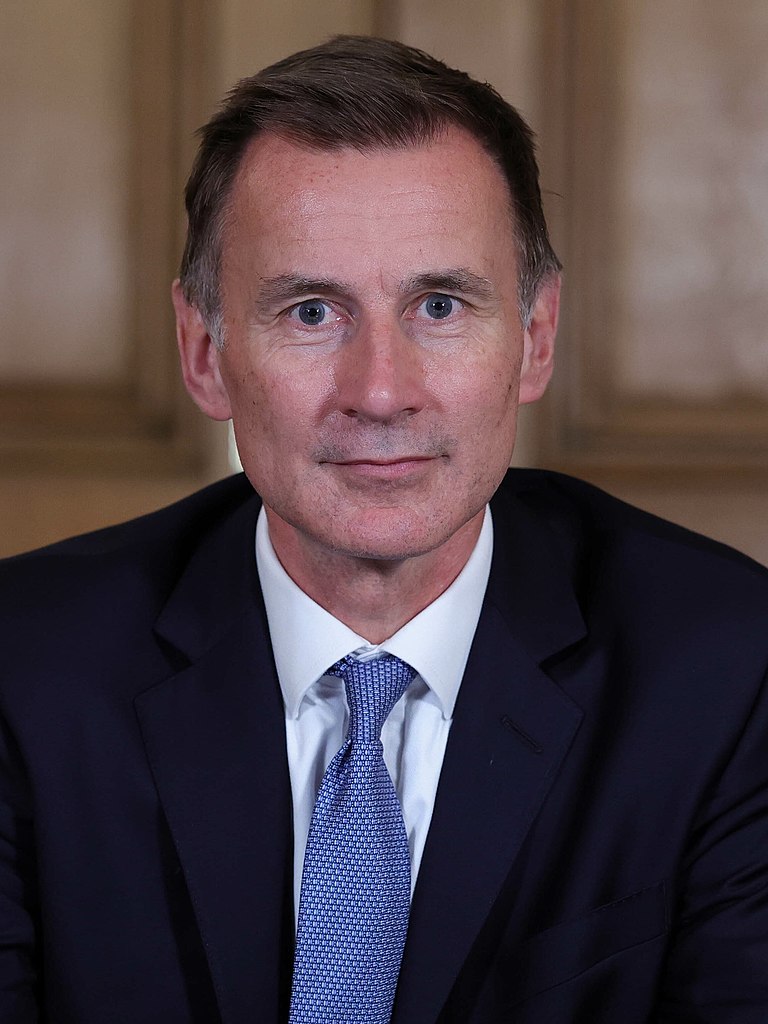
The National Insurance Tax Cut: Navigating the Fiscal Landscape in the UK
In a significant move, the UK government is set to implement a reduction in the main rate of National Insurance, slashing it from 12% to 10%, effective this Saturday. This decision, unveiled in the previous year’s autumn statement, has triggered a mix of reactions, with the Conservatives applauding the initiative as a boon for households, while Labour deems it a “raw deal,” and economists scrutinize its implications on the overarching tax burden faced by many.
Chancellor Jeremy Hunt is championing the move, asserting that this pre-election cut translates to families with dual earners being nearly £1,000 better off. The impact, according to government ministers, translates to a tax cut worth £450 for the average employee earning £35,400 in the fiscal year 2024-2025.

Prime Minister Rishi Sunak, a vocal proponent of tax reductions, attributes the feasibility of this move to the “tough decisions” taken by the government. Sunak emphasizes the importance of this reduction during a period of cost-of-living challenges, asserting that it not only alleviates the pressure on family budgets but also serves as an incentive for increased labor force participation, ultimately contributing to economic growth.
However, finance experts and economists raise concerns about frozen tax thresholds, a phenomenon pushing individuals into higher tax brackets. The Resolution Foundation, a prominent think tank, anticipates that the major beneficiaries of this tax cut will be individuals earning around £50,000. They stand to gain substantially from the rate cut but may still experience losses due to the freeze on personal allowances.

Adam Corlett, Principal Economist at the Resolution Foundation, deems the reduction in National Insurance a “smarter choice” compared to alternative options like cutting income tax or inheritance tax. Nevertheless, he underscores that for many, particularly those earning less than £26,000, the tax cut might be offset by an impending tax rise in April when personal tax thresholds are once again frozen.
As the nation anticipates further fiscal developments, speculation looms over potential additional tax cuts in the spring budget, slated for March 6. Chancellor Rishi Sunak, eyeing a looming general election, sees this as a strategic window to introduce substantial tax and spending changes.
Shadow Chancellor Rachel Reeves from the Labour party disparages the Conservative claim of offering households a tax cut, deeming it a “raw deal.” Reeves contends that despite citizens paying more in taxes, they receive inadequate returns in the form of public services. She positions this year as pivotal, anticipating that the British people will cast their verdict on Rishi Sunak and the 14-year Conservative government.

In conclusion, the National Insurance rate cut stands at the forefront of fiscal discussions in the UK. While the government touts it as a means to alleviate financial strain for families, critics argue that frozen tax thresholds may dilute the positive impact for certain income brackets. As the nation awaits the spring budget, the trajectory of tax policies and their ramifications on the upcoming general election remain key focal points in the ongoing fiscal narrative.

Greetings, readers! I’m Gaurav Ganguly, the engineer-turned-author at British Pulse. Armed with an analytical mind and a penchant for clarity, I bring you news with a unique perspective. Join me in exploring the world of current affairs through the lens of an engineer – where precision meets storytelling. Let’s decode headlines together on British Pulse.



